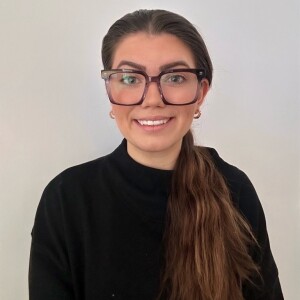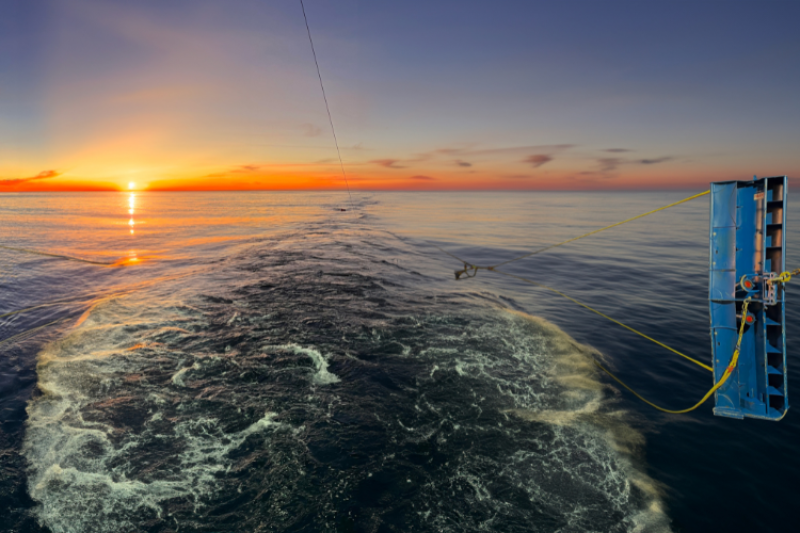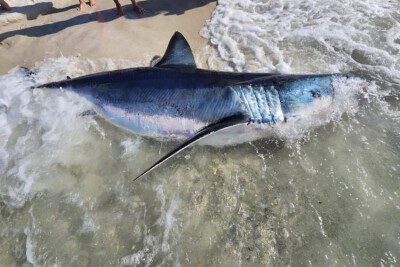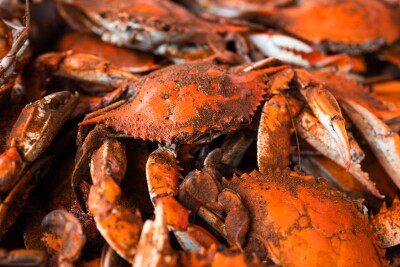A collaborative sea trial aboard NOAA’s vessel Bell M. Shimada has set the stage for a more efficient and cost-effective approach to fishery surveys on the West Coast.
Fishing industry leaders joined NOAA Fisheries scientists in testing an innovative new trawl net designed to gather more accurate data in less time and at lower cost.
Developed in partnership with industry experts, the Multi-Function Trawl (MFT) net is engineered to combine two separate West Coast fisheries surveys that had previously relied on different nets. The Adjustable design allows a single vessel to “more safely gather more data in less time and at lower cost,” according to NOAA.
“The new trawl, which uses the same design features and technologies used by many fishermen, increases our confidence in the survey results,” Greg Shaughnessy, chief operating officer at Ocean Gold Seafoods in Westport, Washington, said. Shaughnessy, a long-time industry collaborator, became interested in the survey process after observing the sudden decline of sardines off the Northwest Coast in 2015. “I needed to understand how these surveys work,” he recalled. “You have to have the best available science to get the management right.”
The trawl system will debut this summer during NOAA’s Integrated West Coast Pelagic Survey, which begins in June and targets Pacific hake during the day and coastal pelagic species such as sardines, anchovies, and mackerels at night. During the March trials, scientists, crew, and industry representatives like Shaughnessy and Seamus Melly of Swan Nets helped identify optimal net settings, including a single adjustment for metal doors that trawl effectively at both shallow and deeper depths, cutting down time and risk to deckhands.
“It was invaluable to have them aboard while we were out on the water,” said Dr. Elizabeth Phillips of NOAA’s Northwest Fisheries Science Center. “They have decades of experience using different nets in variable ocean conditions, and we benefited from their willingness to share that knowledge with us.”
“It has turned out to be very stable and easier to deploy, according to the fishing crews. The time we spent at sea in March testing this gear sets us up for a more efficient start of the Integrated West Coast Pelagics Survey in June, Phillips also added.
Kongsberg Discovery’s wireless Simrad net sensors proved critical during testing, delivering real-time acoustic data on net position, water flow, and catch rates. “I help the scientists so I can help the fishermen, too,” said David Barbee of Kongsberg. He shared that real-time feedback “improves operational efficiency, saves time and helps avoid inadvertent damage.”
“You see a live image of the net and know immediately its geometry and what it is doing underwater,” said Josiah Renfree, an acoustic engineer at NOAA Fisheries Southwest Fisheries Science Center.
The data collected from the net catches- including fish sizes and ages- are combined with advanced acoustic readings from the vessel to determine fish biomass and guide harvest limits under the Magnuson-Stevens Act.
Shaughnessy reflected on the process and noted, “I had the preconceived notion that it was mostly an academic or theoretical exercise, but it’s really very pragmatic and hands-on. They dig in and solve problems, which I like, because that’s the world fishermen live in.”
Read more about the collaborative research here.







